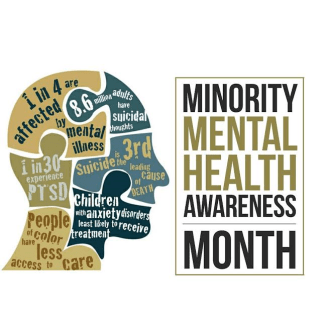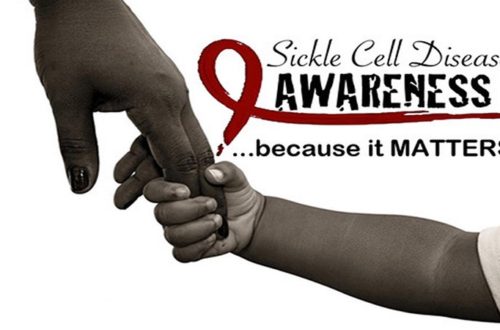
March: Endometriosis Month
Did you know March was also Endometriosis month?
Endometriosis: when the lining of the uterus (womb) grows outside of the uterus.
- Affects more than 11% of American women between 15 and 44.
- Most common in women in their 30s and 40s
- Can make it harder to get pregnant
Risk Factors:
- Never given birth
- Starting your period at an early age
- Going through menopause at an older age
- Short menstrual cycles (less than 27 days)
- Having higher levels of estrogen in your body
- Low body mass index
- Alcohol consumption
- One or more relatives with endometriosis
- Any medical condition that prevents the normal passage of menstrual flow out of the body
- Uterine abnormalities
Signs and Symptoms:
- Very painful menstrual cramps
- Chronic pain in the lower back and pelvis
- Pain during or after sex
- Intestinal pain
- Painful bowel movements or pain when urinating during menstrual periods
- Bleeding or spotting between menstrual periods.
- Infertility
- Stomach/digestive problems = diarrhea, constipation, bloating, or nausea, especially during menstrual periods.
Prevention: You can’t prevent endometriosis. But the good news is, you can reduce your chances of developing it by lowering the levels of the hormone estrogen in your body. To keep lower estrogen levels in your body, you can:
- Speak with your doctor about hormonal birth control
- Exercise regularly
- Avoid large amounts of alcohol
- Avoid large amount of drinks with caffeine
Healthy bodies are beautiful bodies. Please take the time to be aware of the different issues that may affect you and make a conscious effort to prevent them. For more information please visit The Office of women’s Health website: https://www.womenshealth.gov/a-z-topics/endometriosis




